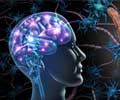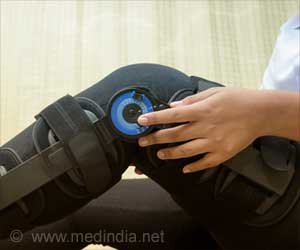An real evidence of Huntington disease curing medicine have been found by researchers at the University of British Columbia's Centre for Molecular Medicine and Therapeutics (CMMT).
An real evidence of Huntington disease curing medicine have been found by researchers at the University of British Columbia's Centre for Molecular Medicine and Therapeutics (CMMT), when they studied with mouse. This provided hope in curing the disease in humans.
Published today in Cell journal, Dr. Michael Hayden and colleagues discovered that by preventing the cleavage of the mutant huntingtin protein responsible for Huntington disease (HD) in a mouse model, the degenerative symptoms underlying the illness do not appear and the mouse displays normal brain function. This is the first time that a cure for HD in mice has been successfully achieved.‘Ten years ago, we discovered that huntingtin is cleaved by 'molecular scissors' which led to the hypothesis that cleavage of huntingtin may play a key role in causing Huntington disease’, said Dr. Michael Hayden, Director and Senior Scientist at the Child and Family Research Institute's Centre for Molecular Medicine and Therapeutics. Dr. Hayden is also a Canada Research Chair in Human Genetics and Molecular Medicine.
Now a decade later, this hypothesis has resulted in a landmark discovery. ‘This is a monumental effort that provides the most compelling evidence of this hypothesis to date’, said Dr. Marian DiFiglia, Professor in Neurology, Massachusetts General Hospital, Harvard Medical School and one of the world's leading experts on Huntington disease. ‘Dr. Hayden and his team have shown in convincing fashion that many of the changes seen in HD patients can be erased in HD mice simply by engineering a mutation into the disease gene that prevents the protein from getting cleaved at a specific site’.
To explore the role of cleavage, Dr. Hayden's team established an animal model of HD that replicated the key disease features seen in patients. A unique aspect of this particular animal model is that it embodied the human HD gene in exactly the same way seen in patients. This replication allowed researchers to examine the progression of HD symptoms including the inevitable cleavage of the mutant huntingtin protein. In the study, researchers confirmed that the deadly cleavage is caused by a key enzyme called caspase-6. By blocking the action of this target, they showed that the mouse did not develop any symptoms of Huntington disease. Hayden's team is now trying to test this model of prevention in a mouse using drug inhibitors and then ultimately in humans. ‘Our findings are important because they tell us exactly what we need to do next’, said Dr. Rona Graham, Post Doctoral Fellow at the CMMT and lead author in the study.
This work is also pivotal for the individuals and families affected by Huntington disease. ‘Patients of this disease should know that this is a research milestone for all and that this work brings the field closer to finding effective treatment for a devastating disorder’, said Dr. DiFiglia.
The Huntington Society of Canada (HSC), a national network of volunteers and professionals united in the fight against HD, echoed this sentiment. ‘This ground-breaking research provides great hope for the Huntington community’, said Don Lamont, the Society's CEO and Executive Director. ‘This research brings us closer to treatment and ultimately a cure’.
(Source: Eurekalert)
 MEDINDIA
MEDINDIA
 Email
Email





